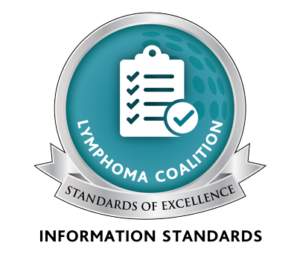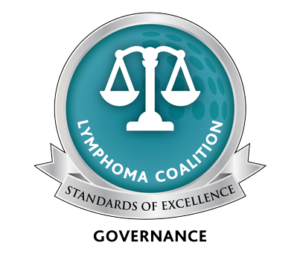Home » Know Your Nodes » Everything You Need to Know About Your Nodes
- Fantastic filters — Lymph nodes are small, kidney bean-shaped organs that are the filters of the lymphatic system. They clean the lymph fluid and lymphocytes, removing bacteria, viruses, and other foreign substances. The nodes are also responsible for the manufacturing and storage of infection-fighting cells called lymphocytes.
- White fight — A lymphocyte is a type of white blood cell, which helps fight viruses or bacteria that cause infection.
- Count ‘em up — There are approximately 600 nodes from head to toe! They can be found anywhere in the body and are strategically located where bacteria are most commonly found.
- Hide and seek — Lymph nodes can be felt in the armpits, the groin and the neck. There are many more that can’t be felt, such as nodes in the stomach, pelvis and chest.
- High Five — Lymph nodes are symmetrical. During a regular physical examination, a physician will feel and compare five pairs of matching lymph nodes to make sure they are healthy.
- Up sizing — When working to fight an infection, the nodes become larger because they need more power to do their job. Lymph nodes may become tender when the body is fighting infection (such as “mono” or strep throat).
- Know the name — Lymph nodes are sometimes incorrectly called “glands” or “lymph glands,” but they do not secrete anything and are therefore not glands.
- Tree of Life — The lymphatic system looks like a tree, with many outstretched branches called lymphatic vessels that act like channels carrying a colourless liquid called lymph. The lymphatic system looks a lot like the circulation system which carries blood through the body.
- Defense system — The lymphatic system is a network of tissue, ducts and organs that is an important part of the immune system, playing a major role in the body’s defense against infection and cancer.
- Open wide — Tonsils, perhaps the best known part of the lymphatic system, are lymphatic organs. They work with the immune system to help prevent infections.
All about Lymphoma
- Lymphoma is the most common blood cancer and the 3rd most common cancer in children, adolescent and young adults. Although the disease is becoming increasingly more common, many people are still unaware of lymphoma and that it is a life-threatening form of cancer.
- There are more than 80 subtypes of lymphoma. The main categories of lymphoma are Hodgkin lymphoma (HL), non-Hodgkin lymphoma (NHL), and chronic lymphocytic leukemia (CLL). Hodgkin lymphoma is characterized by the presence of Reed-Sternberg cells and is less common. Non-Hodgkin lymphoma includes a variety of subtypes, primarily affecting B-cells and T-cells. CLL is a slow-growing lymphoma that primarily involves the accumulation of abnormal lymphocytes. Understanding these categories is crucial for treatment and prognosis.
- The signs and symptoms of lymphoma can often be mistaken for other less serious illnesses, like the flu. By knowing more about your nodes, the symptoms can be detected early and there is a better chance for quicker diagnosis, treatment and overall survival. For more information, click here.
- In 2024, it was estimated that there will be 11,700 new cases of non-Hodgkin’s lymphoma , 1,200 new cases of Hodgkin lymphoma , and 3,000 new cases of Chronic Lymphocytic Leukemia.
- Millions of people worldwide are living with lymphoma today. In fact, lymphoma, especially non-Hodgkin lymphoma, has one of the fastest rising incidence rates of any cancer, and the exact cause remains unknown





